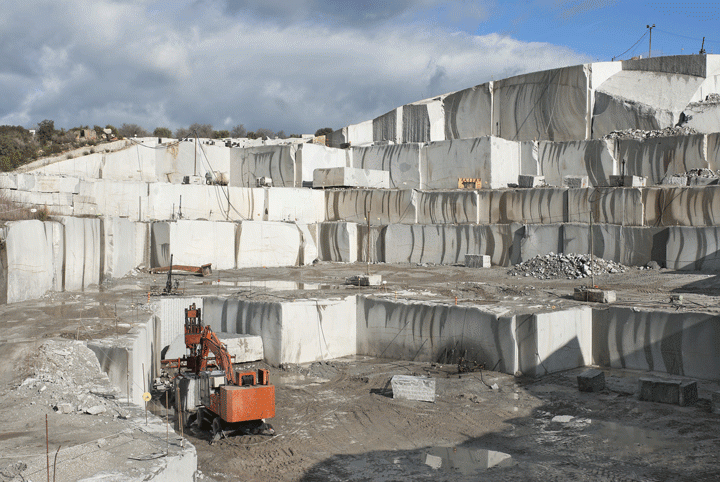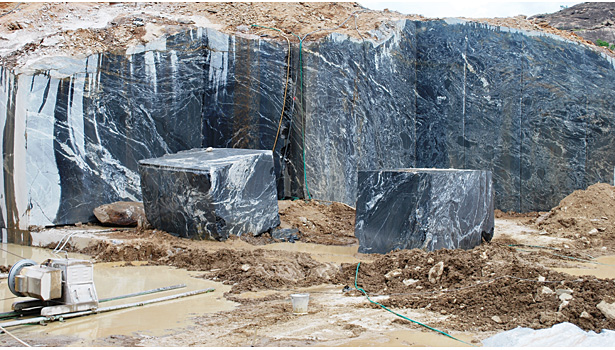Exploring Granite Quarries in South Africa: A Comprehensive Guide
Exploring Granite Quarries in South Africa: A Comprehensive Guide
Blog Article
Introducing the Mysteries of Granite Quarrying: Where Stamina and Sophistication Meet
The world of granite quarrying is a realm where the raw strength of nature converges with human creativity to develop structures that stand the test of time with an air of sophistication. From the depths of quarries to the meticulous polishing in workshops, the procedure of transforming granite into building marvels is a complex dancing of practice and innovation. As we peer right into the midsts of this ancient craft, we begin to discover the concealed details that shape the extremely significance of our developed environment.
The Origins of Granite Quarrying
In the annals of architectural background, the origins of granite quarrying are shrouded in a tapestry of ancient craftsmanship and geological marvels. Dating back to ancient Egypt and Mesopotamia, the extraction of granite from quarries noted the start of a journey that would at some point bring about the production of some of the globe's most renowned structures.
Granite quarrying's origins can be traced to the proficient artisans that recognized the rock's toughness and visual allure. With a mix of primitive devices and sheer resolution, these very early quarry workers discovered granite blocks that would certainly end up being the foundation of human beings.
As people developed, so did the strategies of quarrying granite. The Romans, renowned for their engineering prowess, established sophisticated approaches for extracting granite to construct monoliths, temples, and roadways that stood the test of time.
The tradition of these ancient quarrying techniques remains to form contemporary architecture, with granite remaining a symbol of strength and sophistication in construction projects around the world. (granite quarries in south africa)
Devices of the Quarrying Profession
The development of granite quarrying strategies from old civilizations to modern-day times highlights the essential role played by the tools of the quarrying profession in forming the market's techniques. In old times, quarrying devices were basic, typically containing blades, hammers, and wedges made from materials like bronze or iron. These tools needed substantial workforce and time to extract granite blocks from quarries.

In addition, the introduction of pneumatically-driven devices and high-powered machinery has actually considerably lowered the physical labor required in quarrying operations, improving worker security and performance. As the quarrying market proceeds to introduce, the tools of the trade remain at the center of driving progression and forming the future of granite removal.
Removing Blocks of Granite
Using precision machinery and progressed methods, the removal why not check here of granite blocks from quarries has become a sophisticated procedure in the modern quarrying sector. Managed blasting techniques are after that utilized to damage apart the granite right into convenient areas.

Polishing and Ending Up Methods
To accomplish a flawless surface on granite blocks, experienced craftsmens use a series of meticulous sprucing up and completing techniques. After the preliminary extraction and shaping procedures, the granite obstructs undergo a comprehensive click this link polishing stage to enhance their natural appeal and resilience. One common approach used in polishing granite is ruby abrasion, where commercial diamonds are made use of to grind and polish the rock to a smooth finish. This process not just creates a lustrous surface yet additionally guarantees uniformity in shade and structure throughout the granite block.
Along with polishing, ending up techniques are applied to further fine-tune the granite's look. These techniques might include flaming, developing, or brushing, each offering distinct textures and coatings to match various aesthetic preferences. Flaming, as an example, includes revealing the granite surface area to high temperatures to create a rough, distinctive finish, ideal for exterior applications where slip-resistance is important. Honing, on the other hand, supplies a matte finish that is smooth to the touch, excellent for interior countertops and flooring. By very carefully selecting and using these polishing and finishing strategies, artisans can change raw granite obstructs into beautiful pieces that showcase both toughness and sophistication.

Environmental Influence and Sustainability
With the growing focus on ecological consciousness in the industry, granite quarrying techniques are increasingly scrutinized for their impact on natural deposits and long-lasting sustainability. Quarrying for granite can have significant ecological implications. The extraction procedure usually includes using heavy machinery, nitroglycerins, and huge amounts of water, bring about habitat devastation, dirt disintegration, and water contamination. Additionally, the transport of granite from quarries to refining facilities produces carbon exhausts, further adding to ecological degradation. granite quarries in south africa.
To minimize these impacts and guarantee sustainability in granite quarrying, market stakeholders are embracing various steps. Executing advanced modern technologies to lower energy intake and water usage, reclaiming quarried land for ecological repair, and advertising accountable sourcing methods are some approaches being used. Certifications such as the Woodland Stewardship Council (FSC) and the Management in Power and Environmental Layout (LEED) assistance consumers identify environmentally pleasant granite items.
Final Thought
In final thought, granite quarrying is a procedure that calls for specialized tools and techniques to extract blocks of granite and polish them to a high degree of coating. While the ecological impact of quarrying can be substantial, efforts are being made to enhance sustainability practices in the industry. Overall, granite quarrying is a fragile equilibrium in between using the stamina and beauty of this all-natural rock while decreasing its effect on the setting.
Report this page